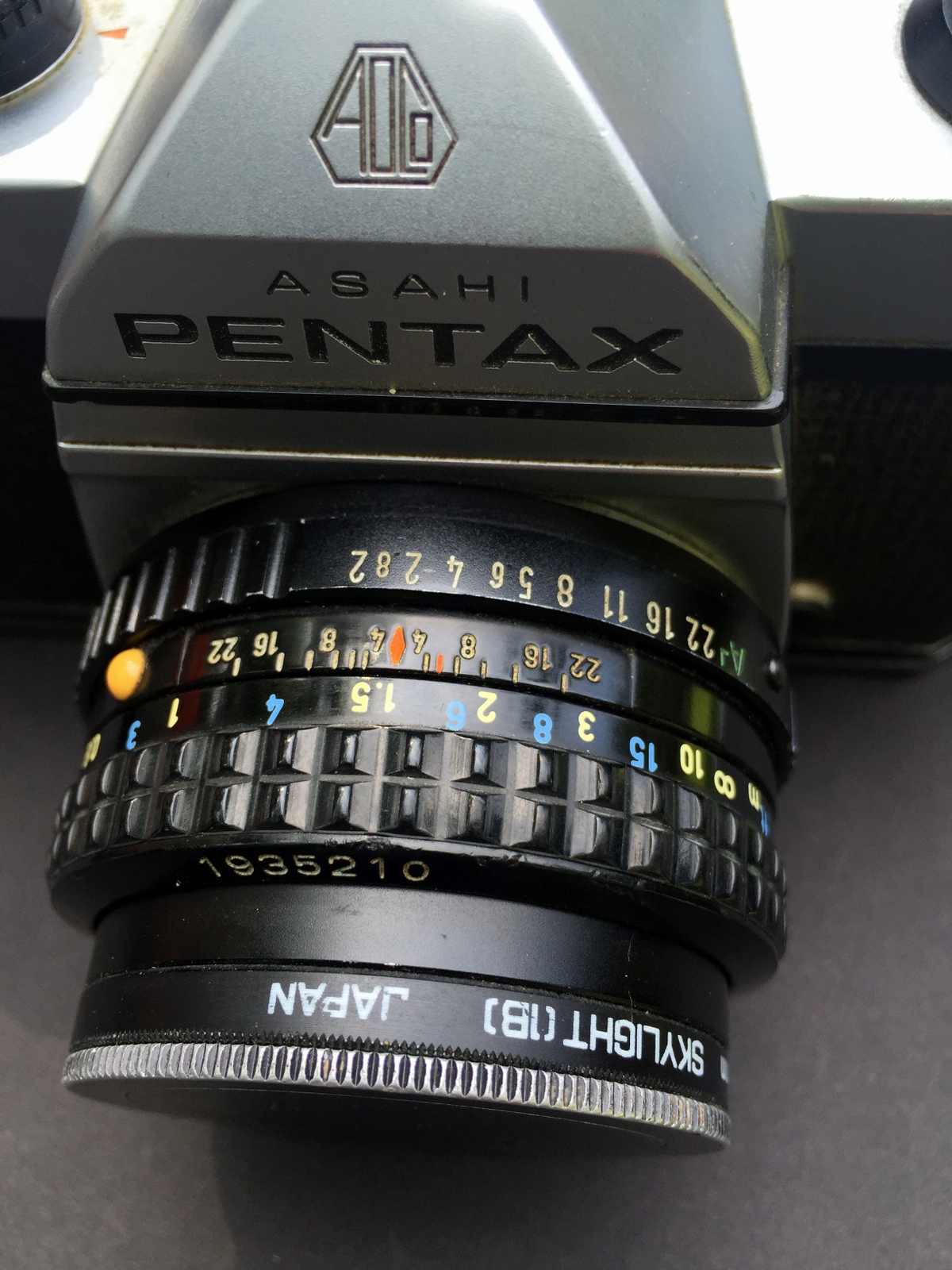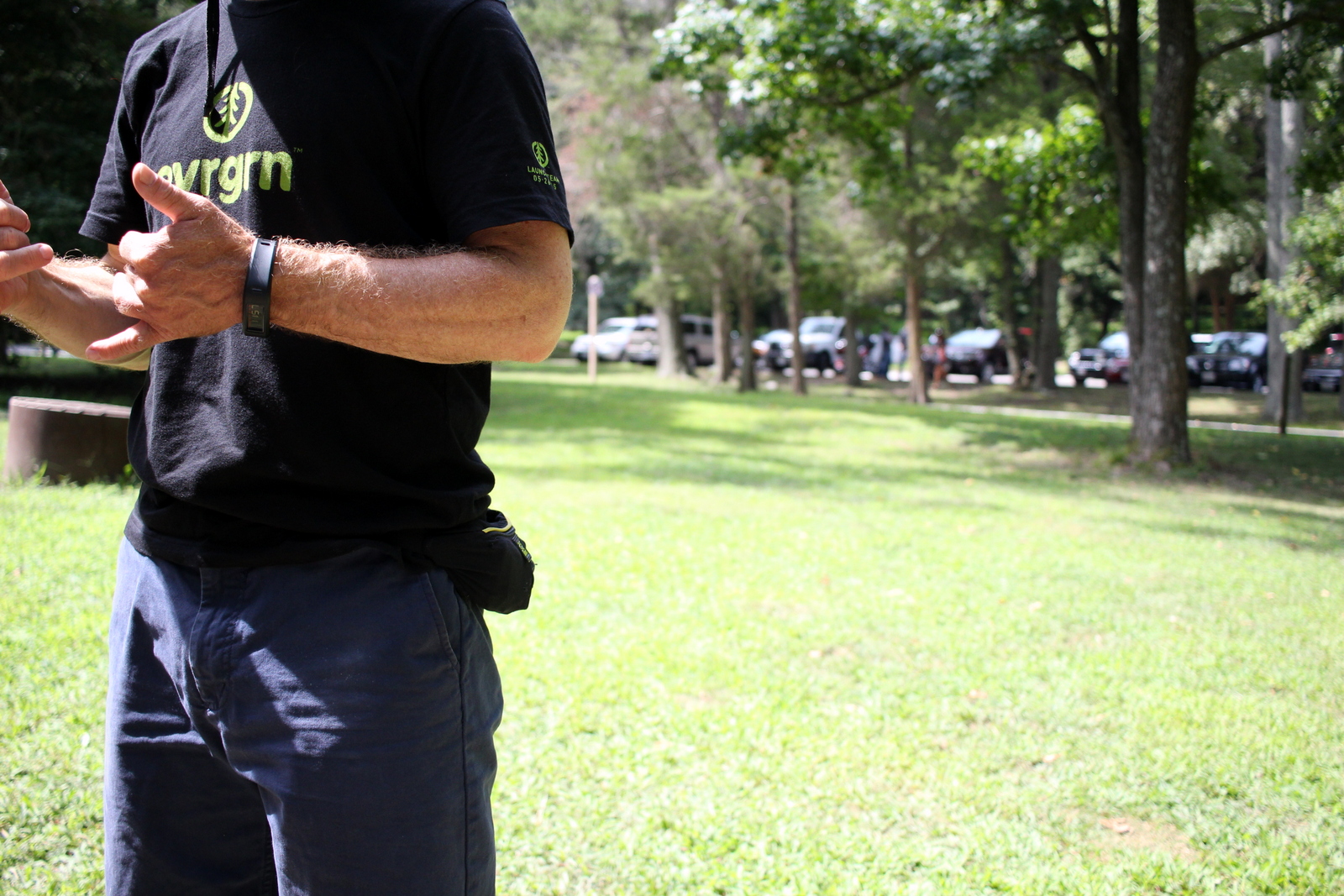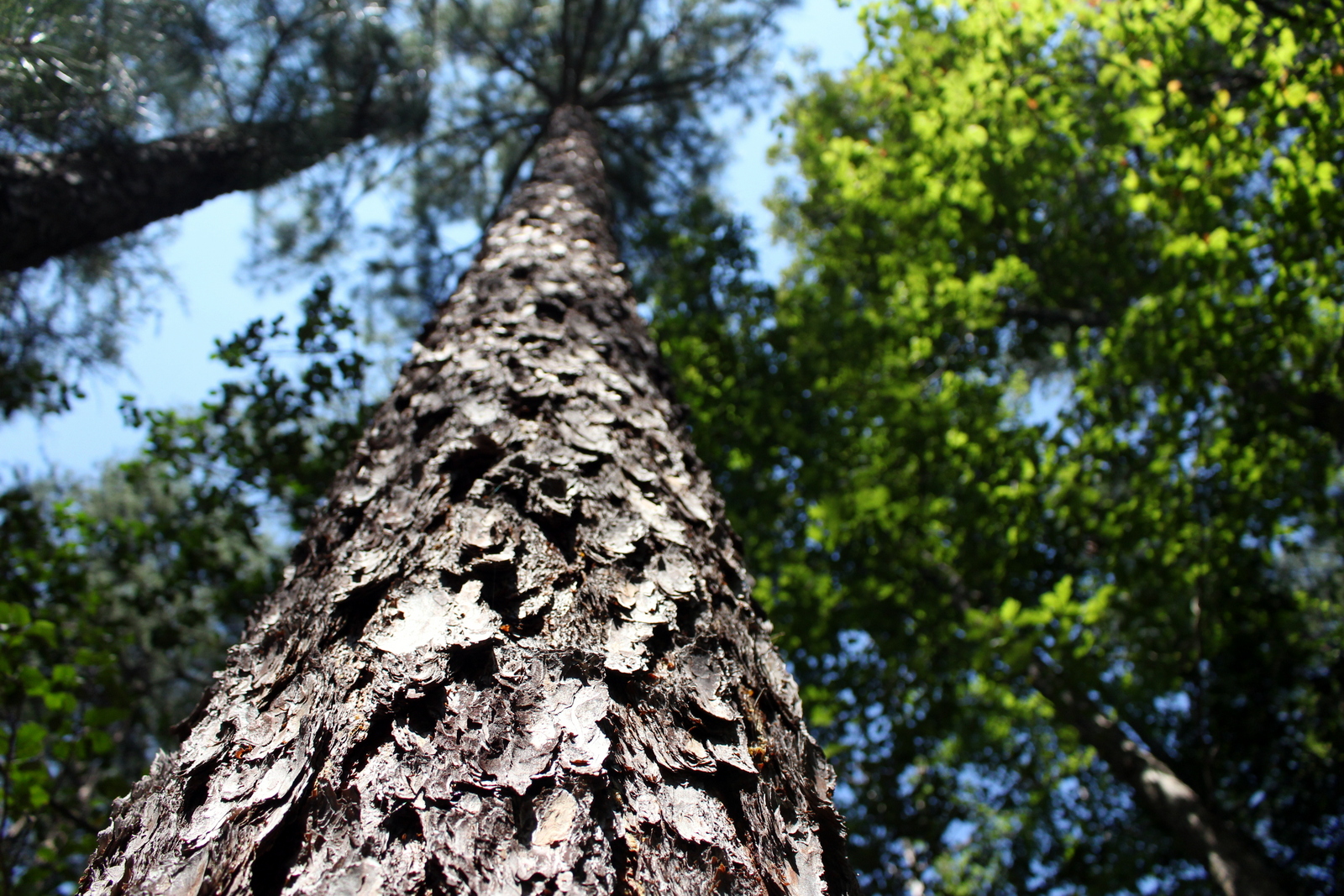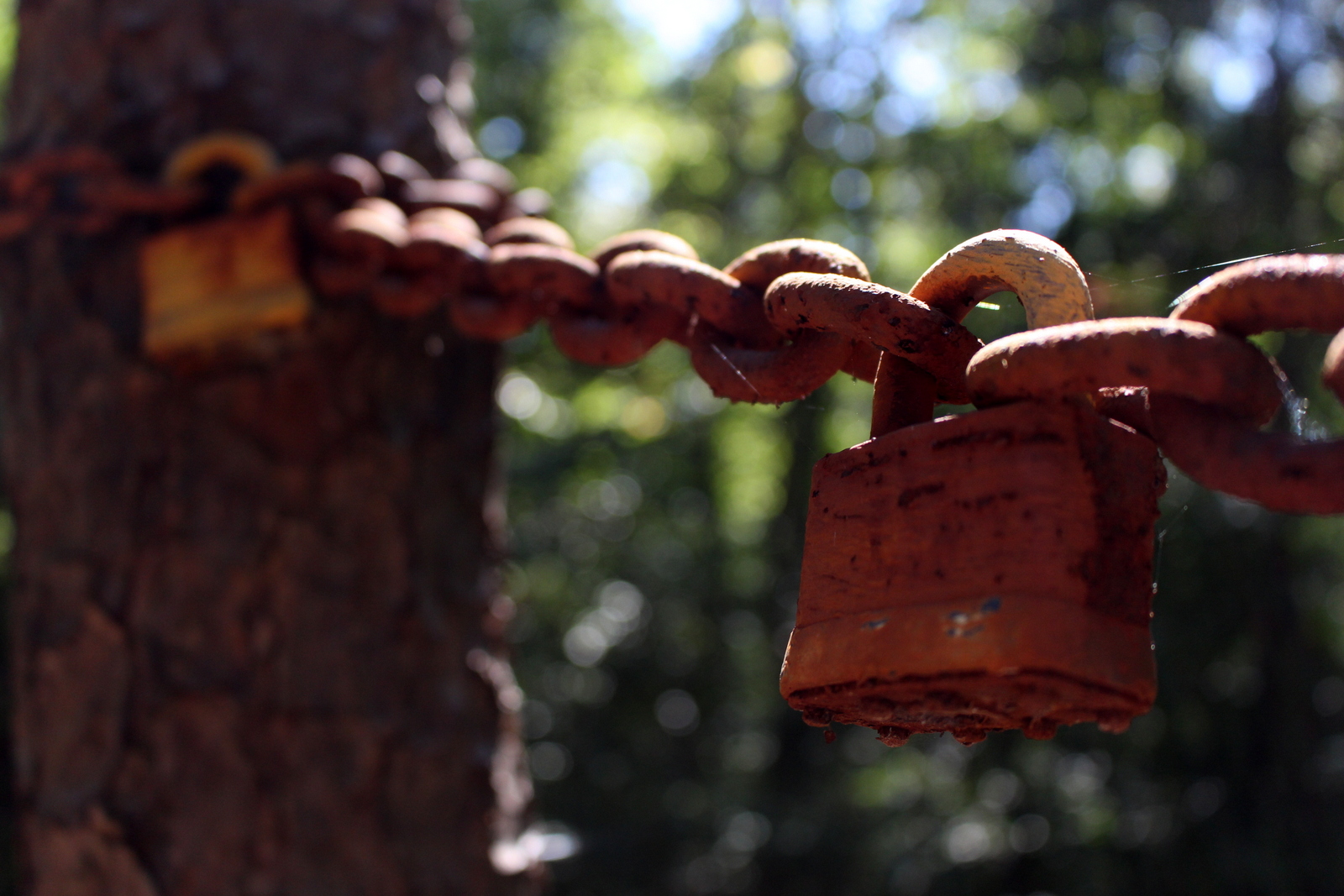I'm a day behind, but better late than never.
Tuesday morning was a little rushed, because I knew I had a lot to cover: I needed to drive 310 miles to Indiana Dunes National Lakeshore; explore the dunes; drive another 60 miles into Chicago; and meet my friend for a night out on the town.
I was able to break camp quickly and efficiently, but the part that took longer than I imagined was walking back with my gear to the parking lot, which was almost a mile away. I ended up leaving just before 8:30, which ultimately wasn't too late. The morning drive was, all in all, pleasant. By 11:30, I'd entered Indiana. And, by 1:30, I was at the visitor center.
A caterpillar greeted me at the visitor center.
Naturally, I spoke to a ranger first. She talked me into doing two things: complete the 3-dune challenge, and hike to the Beach House Blowout. Normally, the 4-5 miles involved would've been a breeze. But I had to deal with two obstacles: the sand, and my lingering fatigue from the 100K. I simply didn't want to overstress my body by running again too soon. And tractionless sand wouldn't be a good running surface anyways.
I first set out for the 3-dune challenge. This was a 1.5-mile loop that ascended 3 sand dune "mountains." Quotation marks are necessary because the maximum elevation was something like 190 feet above sea level--not entirely deserving of mountain status.
Trailhead for the 3-dune challenge.
But this hike was no breeze (moreover, there was no breeze on this hike, and it was insanely hot). What made it challenging was the sand. It was hard to gain traction as I was ascending the dune slopes, some of which were quite steep.
Ascending a dune.
I went up and down, up and down, and then up one last time to the last sand dune's summit. From there, an easy exit appeared:
Sand-less stairway.
Given that I have many epic runs ahead of me, I didn't want to burn any more energy while still recovering from Twisted Branch. I opted for the stairs.
Having completed the 3-dune challenge, I turned to the next trail leading to the sand dune "blowout". I don't know how to describe what a blowout is, but it's kind of what you'd expect. My friend likened it to a "bowl" on a ski mountain--a wide open area that leads to a ridge.
Little did I know that the trail leading to the blowout would have so many trees. In fact, I learned that the region is home to one of the few remaining oak tree savannas in the country. I was impressed by the sheer size of some of these trees.
A big oak.
As impressive was the depth of the savanna--the trees seemed to extend endlessly into the distance. I tried to capture that depth on camera.
The deep oak savanna.
But more than anything, it was just really pretty in the savanna--the trees were beautiful to see.
Oaks in the oak savanna.
Interestingly, the density of the trees varied as I walked. And a higher density altered the feel of the savanna--everything just felt darker.
Denser, darker oak savanna.
Thankfully, the footing here was better. Instead of soft sand, the trail was harder-packed, but still not entirely firm, sand. But the trek was worth it, because after about 30 minutes, and after one dune ascent out of the forest, I made it to the blowout.
The view from the top of the Beach House Blowout.
The color of Lake Michigan was spectacular. I never wouldn't imagined that a lake could have that hue of blue. It was almost tropical-looking. Part of me wanted to trek down to the water for a dip. Another part of me knew that I would hate myself on the hike back up--and through sand. I opted to skip the descent. This was a good call.
On the way back to the visitor center, I took out my telephoto lens and focused on finding critters. The only thing I saw was a squirrel, scampering around in the low brush.
Squirrel friend in the forest.
But that was literally all the wildlife I saw on the hike. Actually, I didn't even see a single human while hiking, either, which made for a peaceful walk.
Eventually I saw a bunch of birds.
Bird one. (I know very little about birds.)
Bird two.
Bird three.
The kicker is that I took these photos by the nature center, which puts out food to attract the birds, squirrels, and chipmunks. I'd like to think I spotted them in the wild on my own.
By now, it was 4 p.m. and I was ready to head into Chicago. I arrived just after 5:30, parked my car near my friend Laura P.'s house, and then went to meet her at Millenium Park for the final Summer Film Series screening. The movie? The Breakfast Club (which I had no idea was older than I am!).
The crowds at the Pritzker Pavilion.
Before the movie began, though, I had to take the obligatory photo in front of the "bean"--Anish Kapoor's Cloud Gate.
Melding parts of the Chicago skyline.
I've seen Kapoor's works in other modern art museums (including one in Seoul), and I always come away impressed by his creativity.
Anyways, Laura and I caught up while watching bits and pieces of the movie and chatting with some of her coworkers. The movie was a hoot, and we certainly saw it in a different light. I guess the passage of time helps see old things differently.
Before we knew it, the movie was over.
The end of the movie.
Before heading back to Laura's, I had the chance to visit her office in the Prudential Building. Seeing the city from above at night gave me a good sense of the scale of this city--it is massive.
Chicago's grid.
Tomorrow (Day 7) is a driving day. I'm currently in my 7th state (Minnesota), but I need to make it as far into North Dakota as possible tomorrow because Friday is when I run Theodore Roosevelt National Park. Here's to a good night's rest for a good day of driving.



































